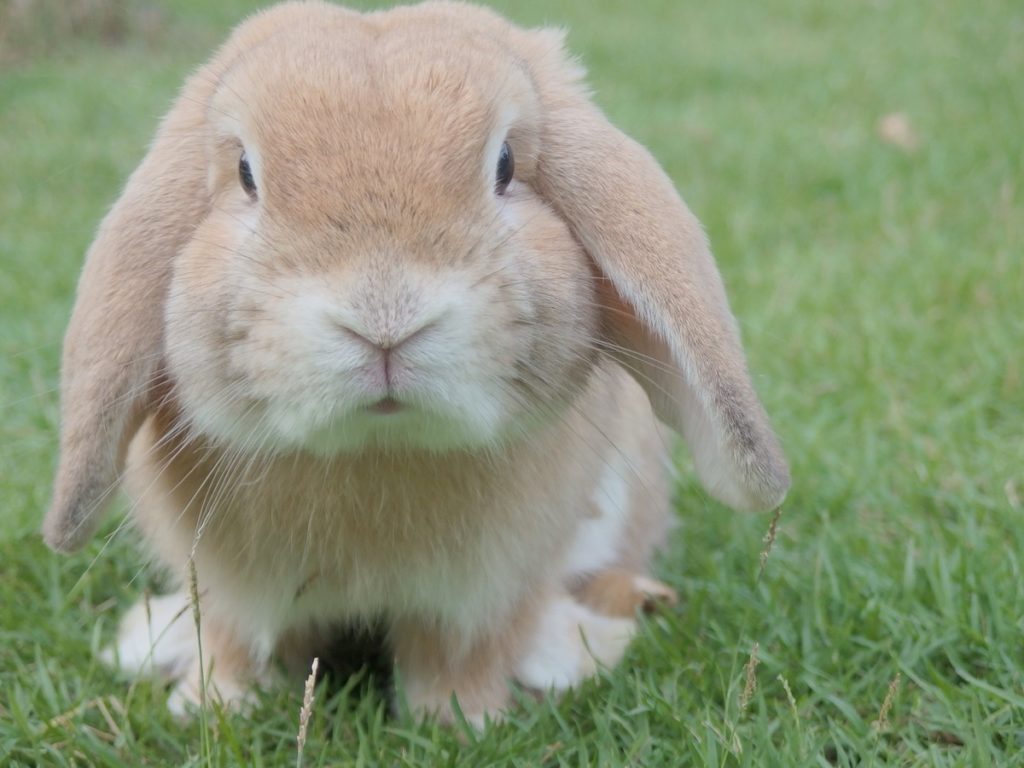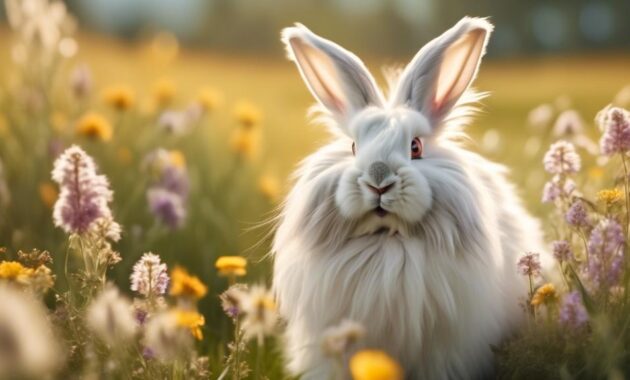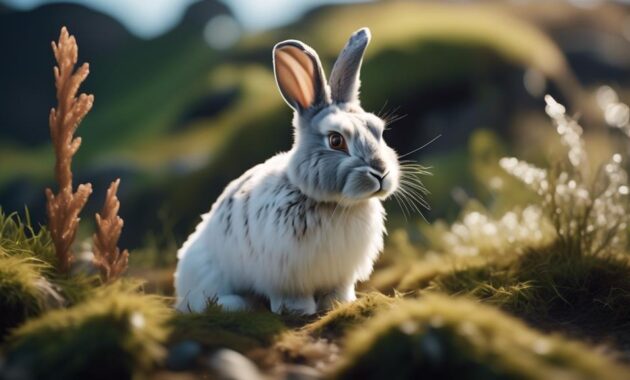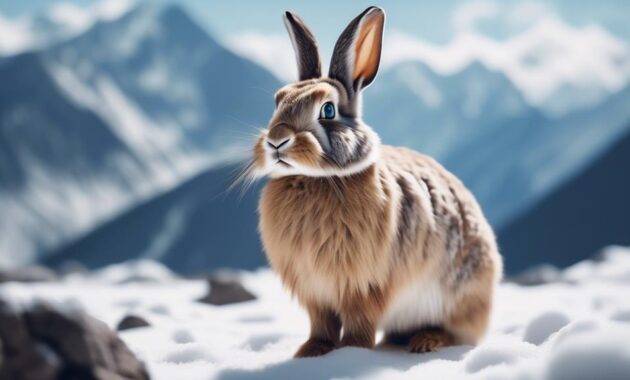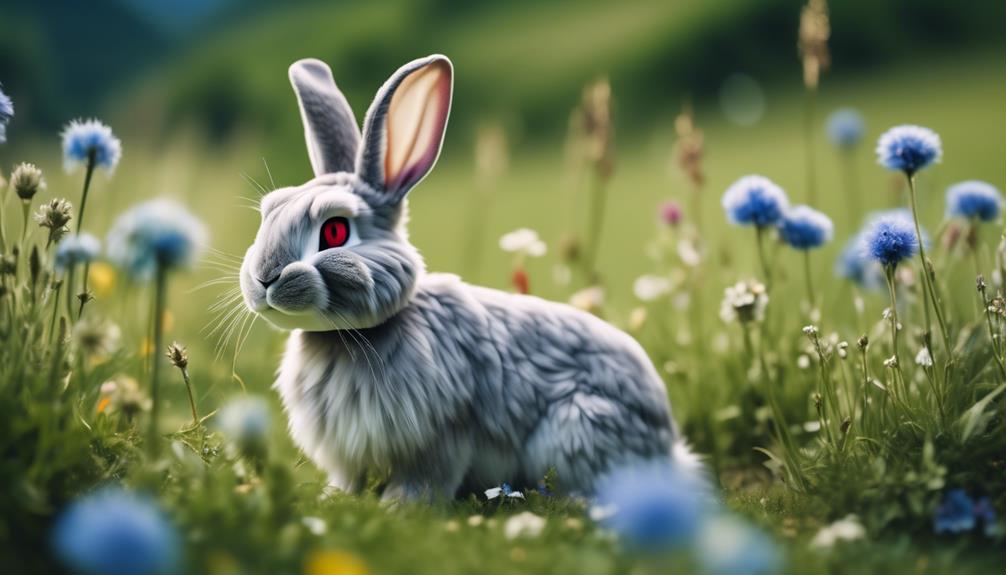
The Sallander rabbit, with its captivating appearance and unique traits, has garnered attention from rabbit enthusiasts around the world. Did you know that despite its popularity, this remarkable breed has yet to gain recognition from the American Rabbit Breeders Association (ARBA)?
In this article, we will explore the fascinating history, health, and care of the Sallander rabbit, uncovering the secrets behind its medium size, stocky body shape, lively temperament, and distinctive coat colors. From its origins in Holland to its specific dietary needs and grooming requirements, there is much to discover about this captivating breed.
So, join us as we delve into the world of the Sallander rabbit and uncover the intriguing facts that make it such a fascinating companion.
Key Takeaways
- The Sallander rabbit is a medium-sized breed with a stocky and rounded body, weighing 6-10 lb.
- They have a lively and energetic temperament, enjoy human companionship, and can be trained to use a litter box.
- The breed originated in the Salland region in the Netherlands in the 1970s, created by breeding Agouti Chinchilla Rabbits and Dutch Thuringer Rabbits.
- Sallander rabbits have a soft, dense coat with light gray markings that darken on the belly, flanks, and cheeks, and come in various colors including white, black, and brown.
Size, Lifespan, and Body Shape
The Sallander Rabbit is a medium-sized breed, weighing between 6 and 10 pounds, with a lifespan of 7 to 9 years. It has a commercial body shape, characterized by a stocky and rounded body. The Sallander Rabbit is muscular and cobby, with a short neck, robust head, and broad muzzle. Its ears are wide and long, adding to its distinctive appearance.
This breed’s size and body shape make it a sturdy and robust rabbit. Despite its medium size, the Sallander Rabbit is known for its strength and agility. Its body shape allows it to move with ease and grace.
With its average lifespan of 7 to 9 years, these rabbits can bring joy and companionship to their owners for a significant period of time.
Temperament and Behavior
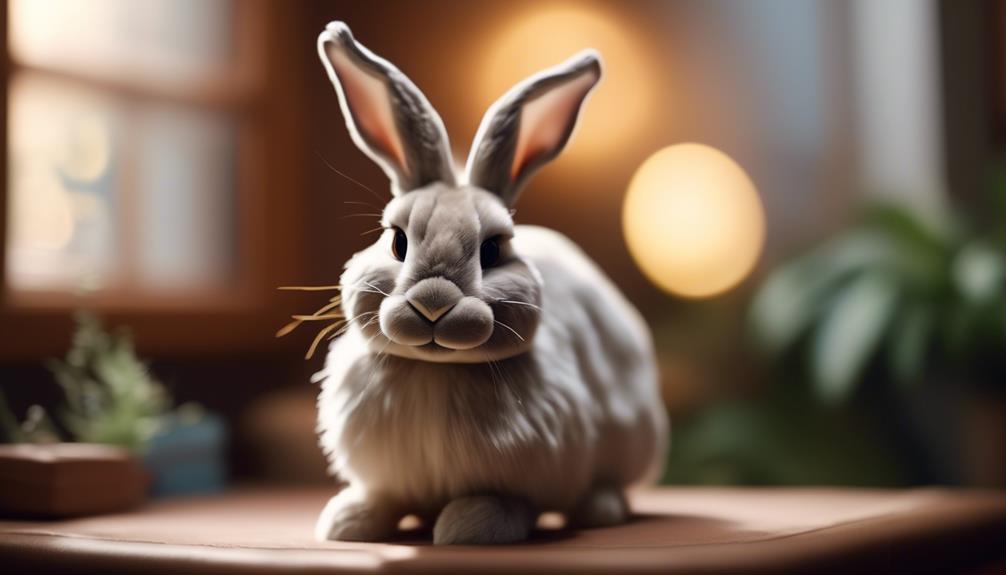
Lively and energetic, Sallander Rabbits have a generally friendly and social temperament. These rabbits enjoy human companionship and can be trained to use a litter box.
However, they may exhibit territorial behavior and can become easily stressed, so a calm environment is important for their well-being. Sallander Rabbits are known for their skittish and active nature, always ready for playtime and exploration.
It’s important to provide them with regular exercise and a safe living environment. They thrive on social interaction and require proper mental stimulation to prevent boredom.
With their friendly and sociable nature, Sallander Rabbits make great companions for individuals or families looking for an energetic and lively pet.
Breed History and Origin
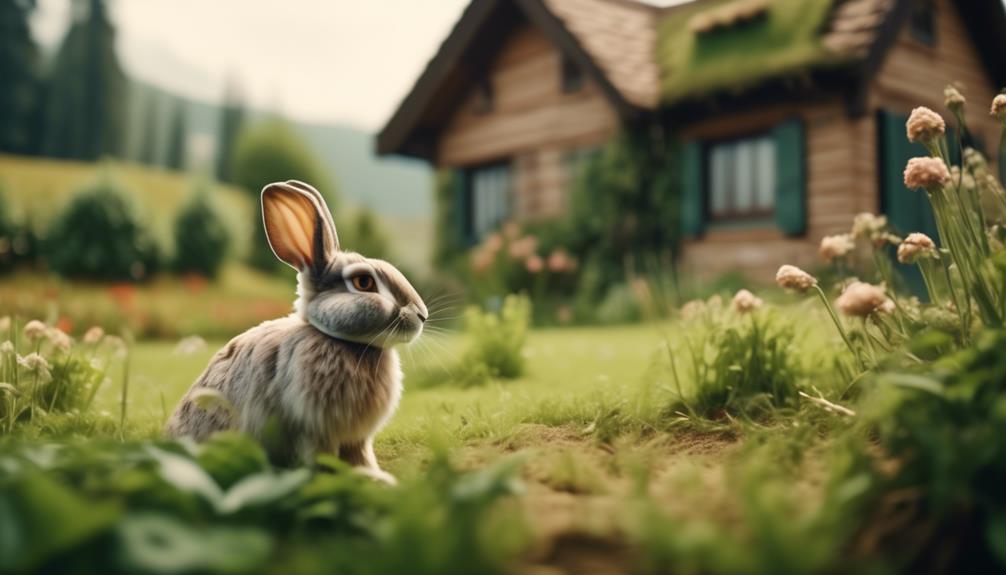
Sallander Rabbits, with their lively and energetic temperament, have a fascinating breed history and origin. These rabbits were bred in the 1970s in Holland by crossing Agouti Chinchilla Rabbits and Dutch Thuringer Rabbits.
The breed originated in the Salland region in the Netherlands, which is where they derived their name from.
The Sallander Rabbit is recognized by the British Rabbit Council (BRC) in the UK, but it isn’t recognized by the American Rabbit Breeders Association (ARBA) in the US. Despite this, the breed has gained popularity among rabbit enthusiasts for its unique characteristics and charming personality.
With its interesting lineage and place of origin, the Sallander Rabbit has become a beloved breed among rabbit lovers worldwide.
Coat and Colors
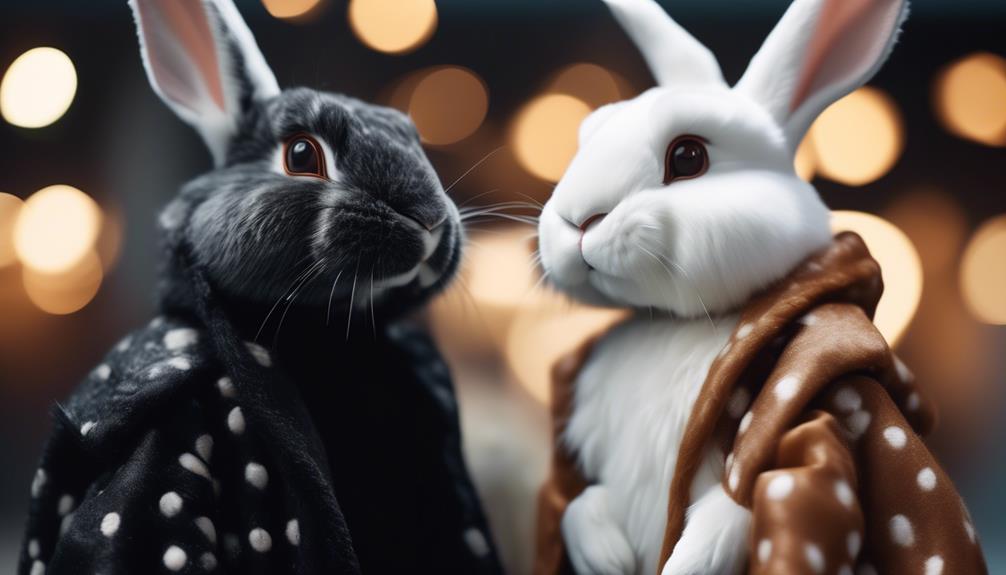
The Sallander Rabbit has a soft and dense coat that comes in a variety of colors. This unique rabbit breed showcases a stunning array of coat shades and patterns, making them a popular choice among rabbit enthusiasts.
Here are some fascinating facts about the coat and colors of the Sallander Rabbit:
- The coat is short to medium in length, providing a luxurious feel and appearance.
- Sallander Rabbits can be found in a range of colors, including white, black, and brown, allowing for individuality and diversity in their appearance.
- Some rabbits have distinct markings or patterns on their fur, further enhancing their beauty and charm.
With their soft and dense coats, the Sallander Rabbit isn’t only visually appealing but also a joy to touch and interact with. Their varied colors and patterns make each individual rabbit truly unique and captivating.
Health and Care
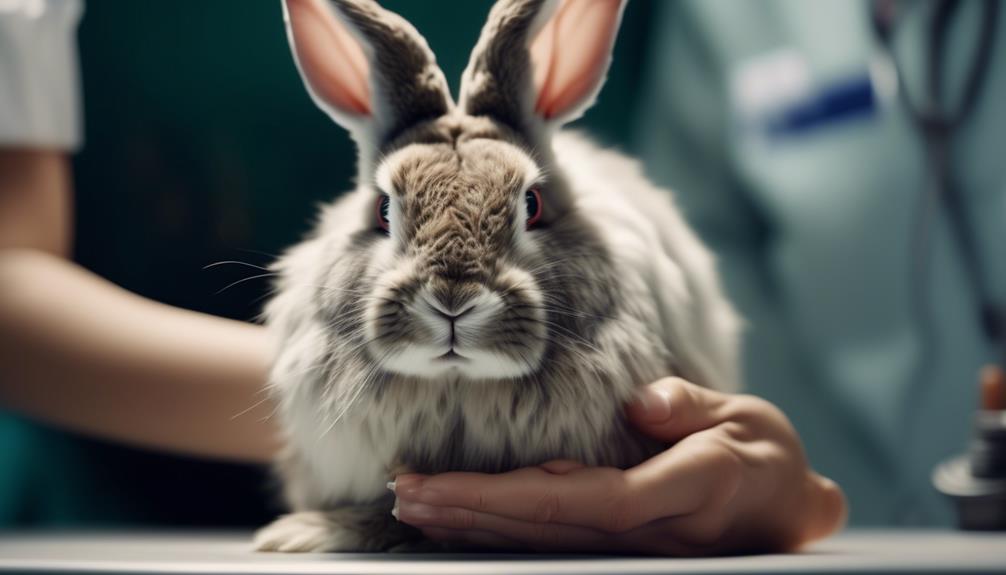
With their stunning coat colors and patterns, it’s important to ensure the health and care of Sallander Rabbits. Proper nutrition is crucial for their overall health, so providing a balanced diet is essential. Regular veterinary check-ups are necessary to monitor their well-being and address any potential health issues.
These rabbits require a clean and safe living environment to thrive, and regular exercise is important to keep them active and prevent obesity. Grooming their coat is also essential to maintain its quality and prevent matting. Sallander Rabbits are prone to dental issues, so dental care is crucial. Additionally, they may develop respiratory problems if exposed to drafts or extreme temperatures.
Regular nail trimming and vaccinations are also recommended to ensure their health and prevent diseases.
Nutrition and Veterinary Check-ups
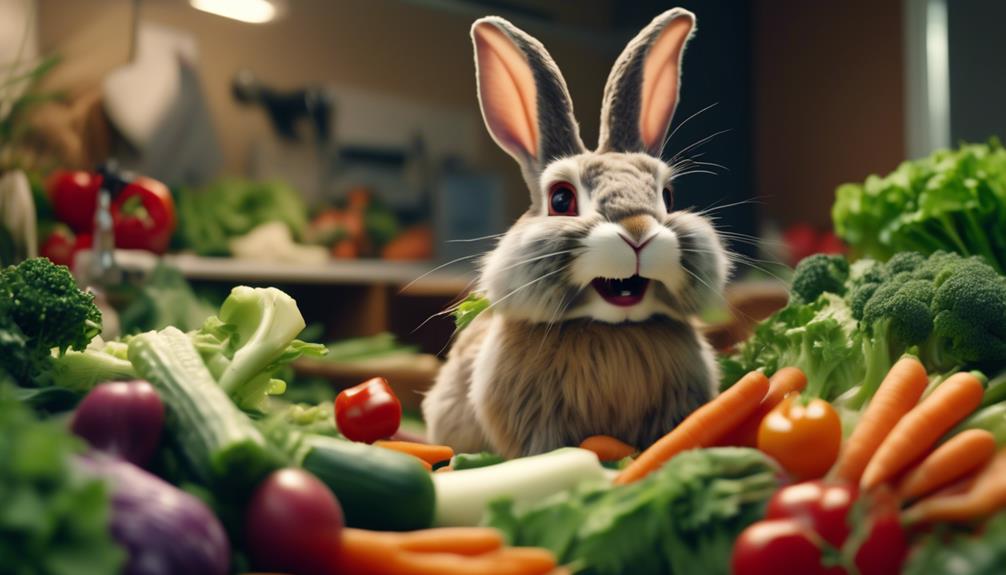
Proper nutrition and regular veterinary check-ups are essential for maintaining the health of Sallander Rabbits. These adorable creatures require a balanced diet and regular visits to the veterinarian to ensure their well-being. Here are three key points to consider:
- Balanced diet: Sallander Rabbits need a diet that’s high in fiber and low in sugar to prevent digestive issues. Feeding them a mix of hay, fresh vegetables, and high-quality rabbit pellets will provide the necessary nutrients for their growth and development.
- Regular veterinary check-ups: Regular visits to the veterinarian are crucial for detecting any health issues early on. This includes checking their teeth, eyes, and overall body condition. Vaccinations and preventive treatments for parasites should also be administered to keep them protected.
- Monitoring weight: Keeping an eye on their weight is essential to prevent obesity and other health problems. Consult with a veterinarian to determine the appropriate weight range for your Sallander Rabbit and adjust their diet accordingly.
Living Environment and Exercise
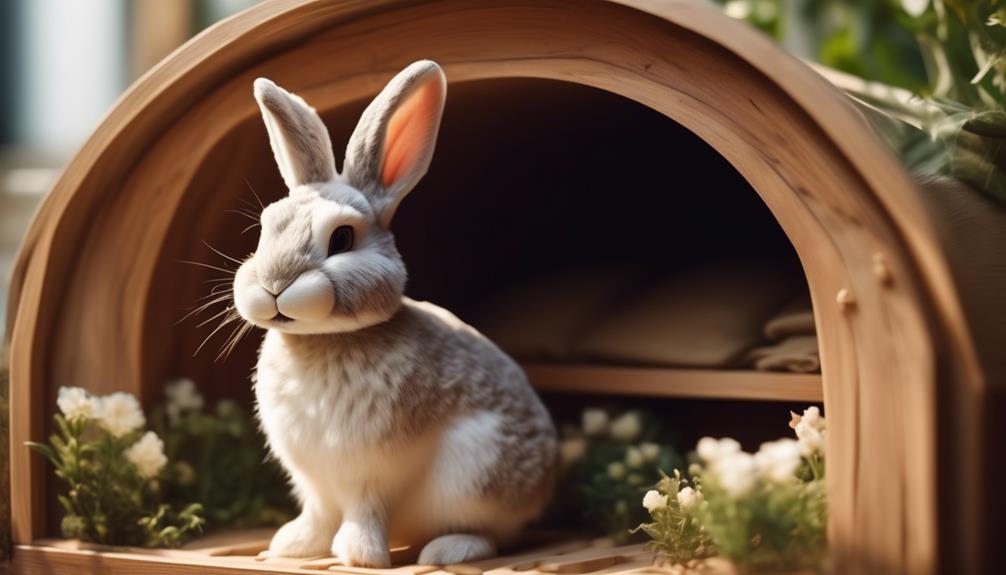
Creating a suitable living environment and providing regular exercise is essential for the well-being of Sallander Rabbits. These rabbits thrive in a clean and safe living space that allows them to move freely and exhibit their natural behaviors. It’s important to provide them with a spacious enclosure that includes hiding spots and toys for mental stimulation.
Sallander Rabbits are active and energetic, so they require daily exercise to maintain good physical health. This can be achieved through supervised playtime outside of their enclosure or by providing them with ample space to hop and run within their living area. Regular exercise helps prevent obesity and promotes muscle development.
Additionally, it’s important to ensure that the living environment is quiet and calm, as Sallander Rabbits can easily become stressed. By creating a suitable living environment and providing regular exercise, owners can contribute to the overall well-being of these fascinating rabbits.
Grooming and Dental Care
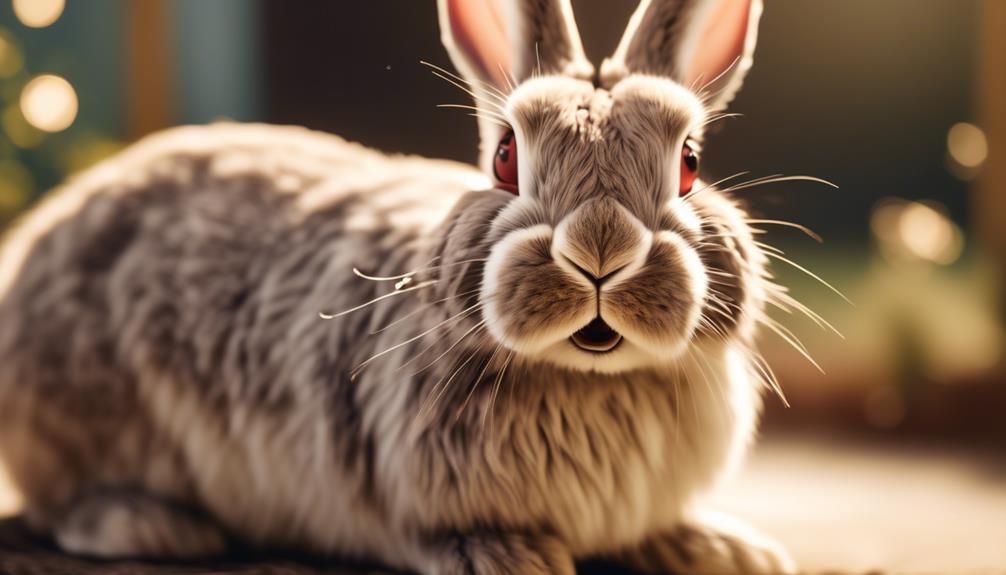
Grooming and dental care are essential for maintaining the health and well-being of Sallander Rabbits. Here are three important aspects to consider:
- Regular grooming: Brushing their coat helps to remove loose fur and prevent matting. It also stimulates blood circulation and promotes a healthy, shiny coat. Additionally, checking their ears, eyes, and nails regularly is crucial for identifying any signs of infection or overgrowth.
- Dental hygiene: Sallander Rabbits are prone to dental issues, so regular dental care is vital. Providing them with appropriate chew toys helps to wear down their teeth naturally. Additionally, a proper diet that includes hay and fibrous vegetables helps to promote good dental health.
- Professional dental check-ups: Regular visits to the veterinarian for dental check-ups are important to ensure that any dental problems are detected early and treated promptly. The veterinarian can perform a thorough examination and recommend any necessary treatments or dental cleanings.
Preventive Measures and Overall Health
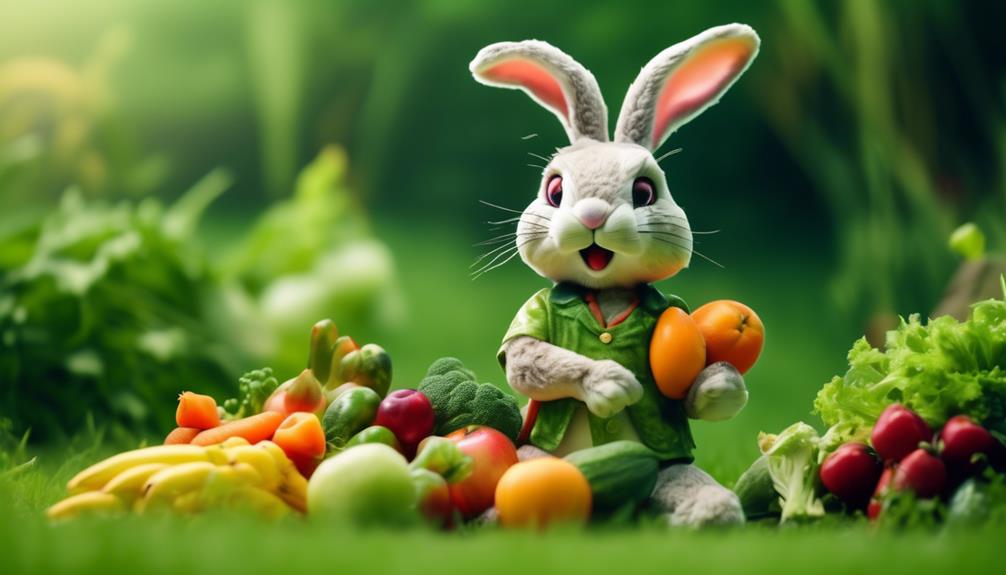
Regular veterinary check-ups and preventive measures are crucial for maintaining the overall health of Sallander Rabbits. These measures include providing proper nutrition, a clean and safe living environment, regular exercise, grooming, dental care, and vaccinations.
Sallander Rabbits are prone to dental issues, so dental care, such as regular teeth checks and providing appropriate chew toys, is essential. Additionally, they can develop respiratory problems if exposed to drafts or extreme temperatures, so it’s important to keep their environment comfortable.
Regular nail trimming is necessary to prevent overgrowth and potential injuries. Vaccinations are recommended to prevent common diseases. Lastly, regular exercise and a balanced diet contribute to their overall health and well-being.
Frequently Asked Questions
Are Sallander Rabbits Good for Apartment Living?
Sallander rabbits can be suitable for apartment living. They have a medium size and are generally friendly and social animals. However, it’s important to provide them with a clean and safe environment and regular exercise.
How Often Should Sallander Rabbits Be Groomed?
Sallander rabbits should be groomed regularly to maintain their coat’s health and cleanliness. This includes brushing their soft, dense fur, trimming their nails, and checking for any dental issues.
Can Sallander Rabbits Be Left Alone for Long Periods of Time?
Sallander rabbits should not be left alone for long periods of time. They are social animals that enjoy human companionship. It is important to provide them with regular exercise, a clean environment, and proper care for their well-being.
What Are Some Common Health Issues That Sallander Rabbits May Face?
Sallander rabbits may face dental issues, respiratory problems from drafts or extreme temperatures, and the need for regular nail trimming and vaccinations. Regular exercise, a balanced diet, and proper grooming are important for their overall health.
Are Sallander Rabbits Suitable for Families With Young Children?
Sallander rabbits can be suitable for families with young children due to their generally friendly and social temperament. However, it is important to provide a calm environment and supervise interactions to prevent stress or injury to both the rabbit and the child.
What are the similarities and differences between the Sallander and Hulstlander rabbit breeds?
The Sallander and Hulstlander rabbit breeds share a similar body type and fur coloration. Both are medium-sized rabbits with stunning coats. However, the fascinating Hulstlander rabbit breed is known for its unique markings and distinctive patterns, setting it apart from the Sallander breed.
Conclusion
In conclusion, the Sallander rabbit is a captivating breed with a rich history and unique characteristics. From its medium size and stocky body shape to its lively temperament and distinctive coat colors, this rabbit is truly fascinating.
While it has gained recognition from the British Rabbit Council, it’s still working towards recognition from the American Rabbit Breeders Association.
Proper care, including a clean living environment, regular exercise, and proper nutrition, is essential to maintaining the health and well-being of this remarkable companion.

